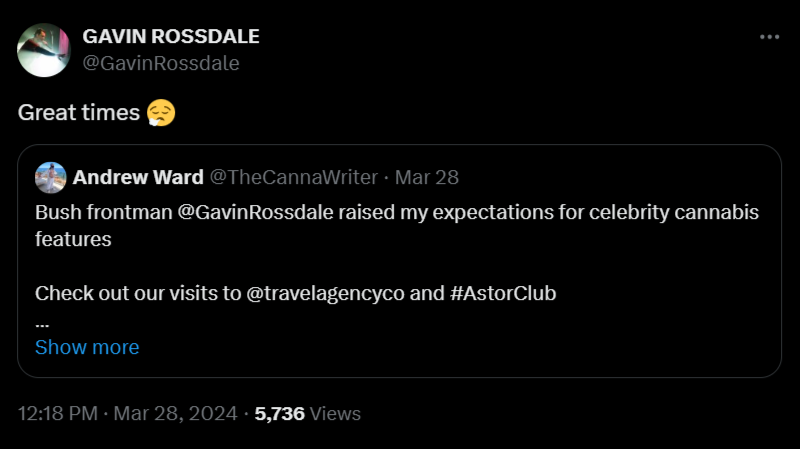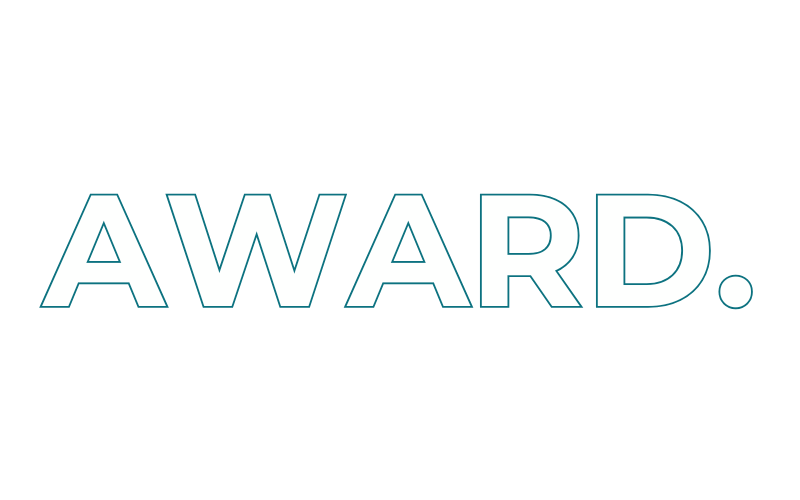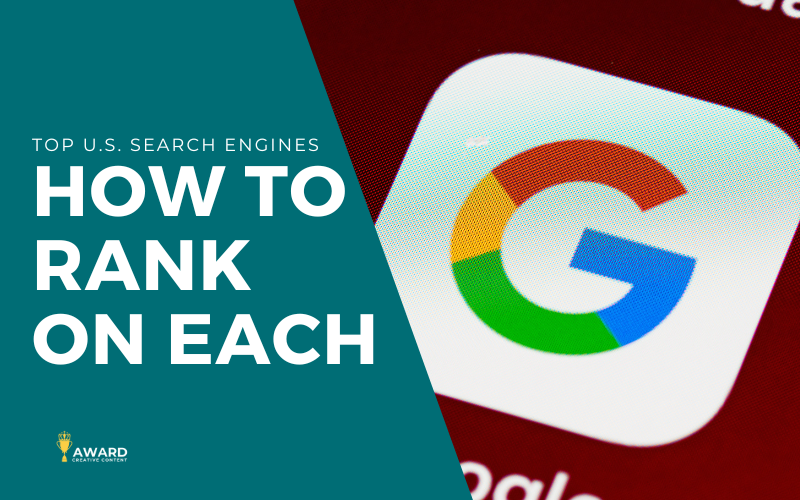Key Takeaways:
- Digital plagiarism impacts credibility: Theft of original work harms both individual creators and the industry’s reputation.
- Community support is essential: Colleagues and readers can amplify awareness and encourage accountability.
- Document everything: Keeping records strengthens your claims and provides evidence if needed.
- Understand the legal landscape: Fair use laws can limit recourse, so social media and community support may be the most powerful tools for action.
In early 2024, I encountered something that’s, unfortunately, becoming all too common: digital plagiarism. My published work was stolen, rebranded, and republished under a fake name by a hack, low-traffic cannabis outlet looking to make a name for themselves without paying for it.
I’m choosing not to name the publication or its owner in this post because doing so would only give them the attention they’re seeking. Instead, I want to highlight the unethical practices that threaten the credibility of digital writers everywhere—and to share what you can and can’t do when trying to set things right.
Digital Plagiarism in Action: How the Incident Unfolded
With the rise of digital media, plagiarism has become easier than ever. As Research Experts point out, “Without giving correct credit to the original author or obtaining their permission to use their work, you have committed plagiarism.”
This isn’t just about ethics—plagiarism is a legal offense in many cases, as copyright laws protect creators’ rights to their work. In my case, the publication scraped my High Times article featuring Bush Frontman Gavin Rossdale word for word.

They erased my name and replaced the byline with an AI-generated author persona. They even swapped out the original photos done by Jhalil Wright, replacing them with stock images to further distance the work from my byline.
Stunned on Easter, I was left wondering what to do. Never one to just take a slap in the face, I took action then looked into what I could do from there.
Taking Action Against Digital Plagiarism
Realizing my work had been stolen, I went against my usual advice to others: I went to social media, specifically Instagram. I fired off two angry reels and some stories with supporting evidence, highlighting the outlet, the stolen work, and my original efforts found on High Times.
The support I received was overwhelming. Colleagues, readers, and industry professionals rallied behind me, leaving comments on the publication’s social media accounts and calling them out for their actions. This show of solidarity underscored how powerful a community response can be.
First, the company swapped out the “author” with another AI persona. After being called out for it, they made a few more adjustments between the personas. Within hours, the offending publication responded further, finally pulling the article from its site. That Monday, they issued a statement, claiming they had “fired” the AI-generated persona as though it were a real person.
I pushed back on their claims, questioning the absurdity of “firing” an AI entity. I’ll admit, I went in rather angrily, voicing comments and posts about the ongoing frustration. This led them to retaliate by creating a parody author—a female version of my name. They continue to use this persona on their site, which I assume is viewed by dozens of followers weekly.
Frustratingly, while the act of stealing my article could have led to legal repercussions had the post not been pulled, the parody account they created falls within legal boundaries–allowing them to keep mocking my name without further consequences. Stinks, but that’s the law, you know?
I don’t enjoy this outcome but I stopped discussing the issue, realizing it provided the site exactly what it couldn’t do on its own: generate engagement and community interaction.
I was dealing with a low ethics troll. And while I didn’t want to, the advice shared all those years ago by Lisa Simpson and Paul Anka still rings true: Just don’t look. Next time, as much as it irks me, I’ll try to do this, as my moments of frustration benefitted the brand even though I made a segment of the industry aware to a less than upstanding player.
The Rise of Digital Plagiarism, Parody, and the Challenge of Fair Use
According to Berkman Klein Center, parody is protected under fair use as long as it comments on or critiques the original work. If the publication had kept the article up using a fake persona or my own name, then I’d likely have had legal recourse, possibly through copyright infringement claims or complaints to their web host. However, once they removed the stolen article, they were in the clear to mock me.
This experience highlights the need for clearer guidelines around digital parody and fair use in the digital age, especially in cases where these laws can be twisted to defend unethical practices–but that’s for another post one day.
Key Lessons Learned: Navigating Digital Plagiarism
- Digital Oversight is Limited – Social media can amplify voices, but oversight in digital media is minimal. Outlets can delete comments, swap author names, and create digital facades at will. We need stronger protections and accountability measures for online content creators. This is an issue I hope to take up with local regulators, and encourage others to do the same on local and national stages.
- AI Ethics Need Boundaries – While AI has many beneficial uses, this incident showed how it can be misused to hide theft. Creating AI personas to cover up plagiarism crosses an ethical line and challenges the integrity of journalism.
- Community Support is Powerful – The industry response made a difference. Friends, colleagues, and readers helped to amplify the message, lending credibility and pressure. Community support is a valuable asset in holding companies accountable.
- Stay Vigilant and Document Everything – Documentation is key. I kept records of the original work, screenshots, and all interactions with the publication. Concrete evidence can strengthen your claims and make it harder for others to deny or ignore wrongdoing.
How to Take Action
If you find yourself in a similar situation, here are some steps that might help you address the issue and gain support:
- Contact Stakeholders Directly – Reach out to stakeholders or collaborators of the publication, if possible. Email, comment, and message key figures to make them aware of the issue and encourage accountability. Sometimes it’s just a mistake. Sometimes it’s worse. Starting here is the best approach–something I should have done but in a moment of frustration, I took straight to option #2…
- Raise Awareness on Social Media & Channel Support – Social media is precarious, but can be a vehicle for change in some cases. If taking this route, post across platforms, tag relevant industry figures, and provide evidence. I focused on channels where the publication was active to maximize visibility and reach, in hopes of reaching them or getting on the radar of industry stakeholders.
- Know the Legal Limitations – In my case, I pursued legal avenues by speaking with a few legal experts. They all told me that my issue didn’t have much recourse as fair use laws limited my options once the stolen article was removed. As noted in Skyword’s guide, sometimes legal action doesn’t yield results, and creators may have to rely on community awareness instead.
A Call for Integrity in Digital Media
This experience underscores the need for integrity in digital media. Content theft isn’t just harmful to individual creators—it erodes the credibility of the entire industry. For brands and publications, respecting the creators who contribute to your success is essential. Credibility matters, and it starts with ethical practices.
For writers, stay vigilant, document everything, and don’t hesitate to lean on your community. Together, we can expose unethical practices and push for a digital space where originality, honesty, and respect for creators are valued.
More on Cannabis News and Career Insights
Liked this article from AWARD? Be sure to check out more detailing Andrew’s first-hand experiences working in cannabis news and freelance writing:




